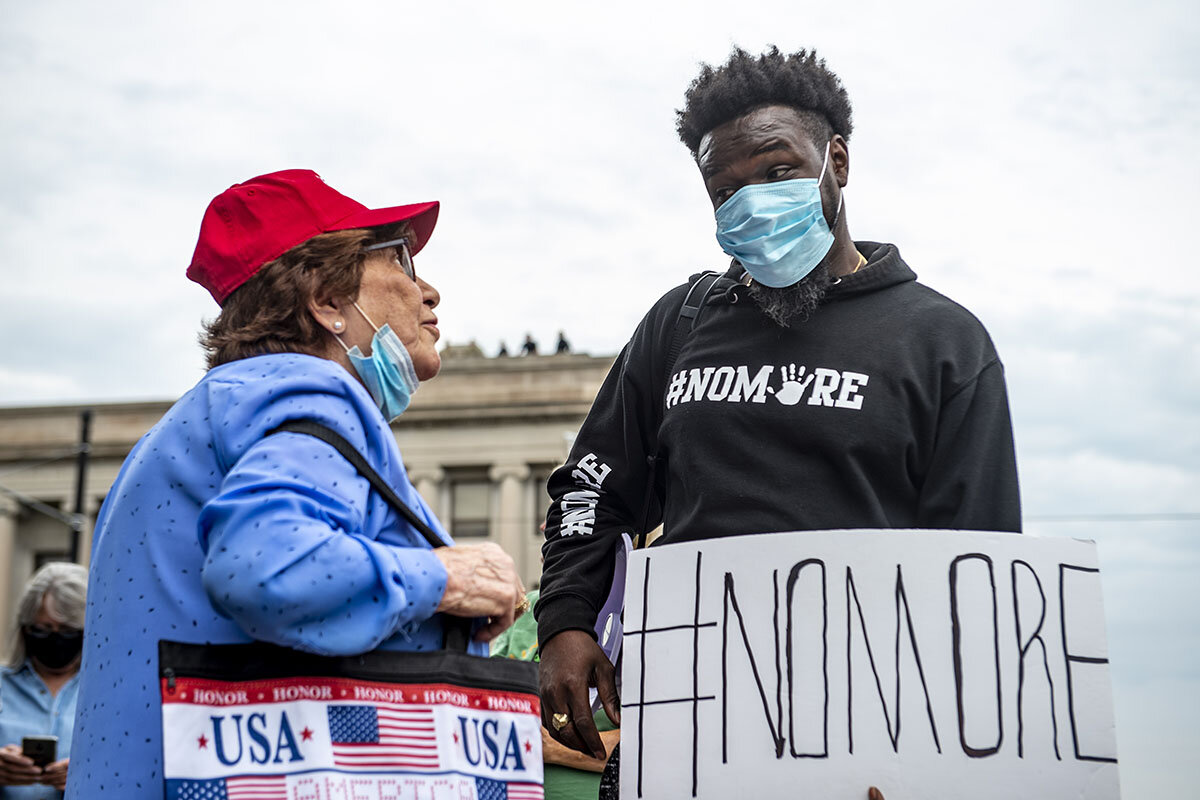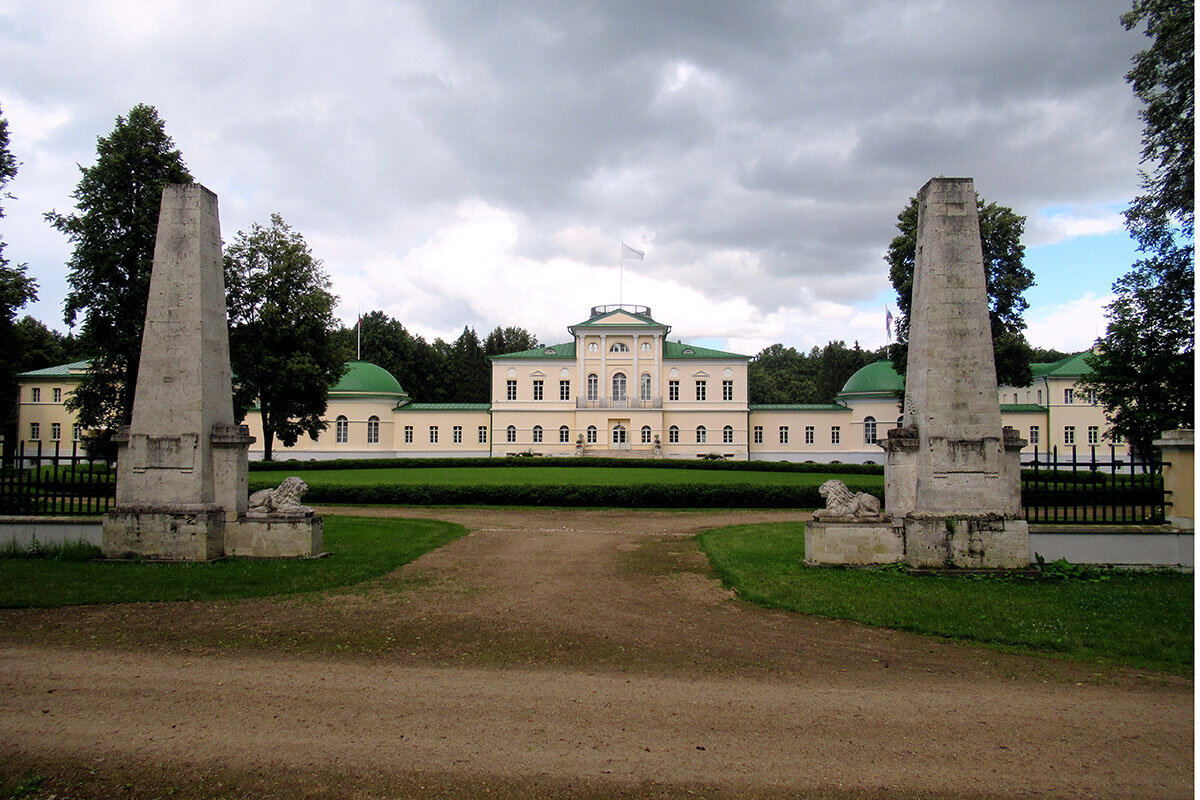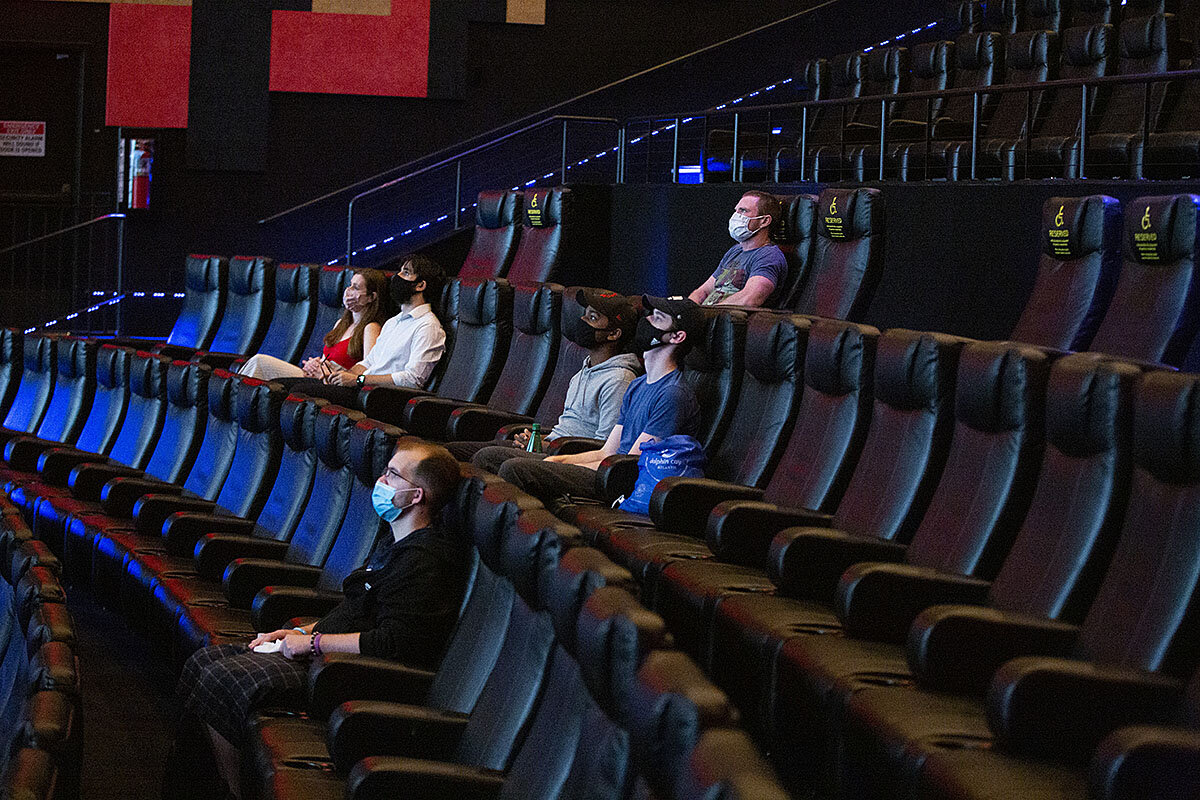In the largely hidden realm of high-tech, Apple and Google are introducing a helpful but potentially Orwellian twist. The tech giants plan to embed software in smartphones that would track the spread of COVID-19 from person to person. A public need would reach deep into private lives.
The basic approach is not new. Personal data collection has been key to containing the pandemic in a few places, such as Rhode Island and the Colombian city of Medellín. Both have developed tech tools to map the coronavirus among their populations. Nearly 90% of Medellín residents have signed up, apparently eager to trade privacy for a greater good. The data collected includes information about such personal matters as food and utility costs as well as whether a family member might have symptoms of the virus. In exchange for this data, sick and needy people have received food aid and money. As of June, in a metropolitan area of 3.7 million people, only three had died of the illness.
Even as COVID-19 spurs the gathering of more personal data, it is running into a growing concern over privacy and each person’s ability to control his or her digital life. The pandemic has shifted the balance toward the public interest. Yet while phone users can choose to opt in to these new data collection programs, what happens to that data once the pandemic is over? Will governments or tech companies delete it? Or will it be stored and used either to monitor citizens or to monetize it for profit?
More than 80% of Americans say they feel they have no control over the way private enterprises and public entities use their data, according to the Pew Research Center. Yet more than 6 in 10 say they do not think it is possible to go through daily life without the collection of data.
As of July, three U.S. states had enacted comprehensive privacy laws while 21 others have measures at various stages in the legislative process. These drafts – which in most cases were underway before the pandemic struck – include provisions giving people greater control over who has access to their information, how it is used, and if it should ever be deleted. The Senate has such a bill in committee. Unlike the European Union, the federal government does not grant a comprehensive right to privacy. That right is instead being established in a piecemeal way, either through Supreme Court rulings or laws on specific issues.
Apple and Google note that only six states have their own apps to track COVID-19. By embedding contact-tracing tools in their operating systems, the tech firms hope to make it easier for people to know when they have been in proximity to others known to have been infected. Twenty-five states and 20 other countries have expressed interest in the new tool.
A revised version of Rhode Island’s app, based on consumer feedback, shows an attempt to resolve some of the privacy concerns that may be preventing it from being more widely used. The new version provides individuals with updated information about the pandemic and testing sites and enables them to keep a detailed location diary. But it keeps all information on the user’s phone. No data is shared with app developers or the state government.
That conforms to an emerging trend in both law and tech design that gives people greater control over their data. It isn’t just about restraining how companies and governments use personal data for either selfish or social gains. Privacy is also a condition of personal conduct. More than a decade after social media and smartphones enabled all of us to make our private lives public commodities, we may be learning that the best privacy protection – in the digital as well as mental and physical spaces wherein we reside – is each person’s capacity for self-governance.
 Eva Botkin-Kowacki
Eva Botkin-Kowacki










